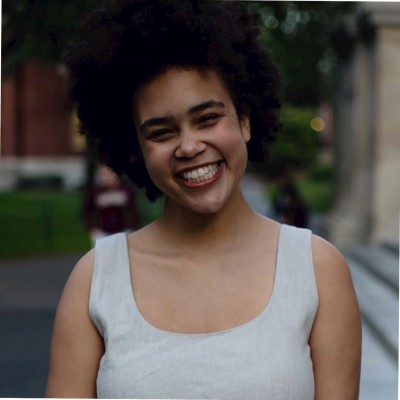A Solidarity Lens in Response to the SFFA v. Harvard Ruling
By Madison Trice
In June, the U.S. Supreme Court’s Students for Fair Admissions (SFFA) v. Harvard College ruling held that affirmative action violates the Fourteenth Amendment’s Equal Protection Clause. The decision claims that considering race in holistic admissions is a “zero-sum game…where students compete for a finite number of seats in each school’s entering class,” and that any additional acknowledgment of race will necessarily hurt one race while helping another. This perspective doesn’t reflect the ways that holistic admissions functions. Holistic admissions allow colleges to take race into account as one of many factors that could shape a student’s lived experience. Race is not a positive factor for one race and a negative factor for another. Holistic admissions can intentionally be broadly applied, allowing all students of color to be helped.
Eliminating holistic admissions while preserving legacy admissions won’t just result in a dramatically reduced presence of students of color on campus. This move will also protect advantages conferred on white students. Yet this aspect of the ruling has received less attention.
The retention of legacy admissions, and the advantages they confer, are never negotiated in the fixed pie of opportunity that people of color must compete for. The zero-sum equation is incomplete if systemic advantages to whiteness—white generational wealth, white educational attrition and legacy—are not viewed as a part of the problem. Rather than responding to and reinforcing the confines of a systemically racist educational and economic system, solidarity directs us to this truth: the greater access there is for any underrepresented group, the more all people of color, and the nation as a whole, stand to benefit.
The movement for holistic admissions reflected this truth. I was a witness for the SFFA vs. Harvard trial in the Massachusetts Supreme Court. The people who showed up on the side of holistic admissions were racially diverse. They represented the diversity of my campus, of our home. In preparing for the trial, I saw student organizers from all racial communities on campus: Asian, white, Indigenous, Black, and Latino. Though I received support from my community outside of the trial itself, with Black students bringing me gifts of food hugs and emotional support, most of the students who testified in favor of affirmative action were Asian American. My lawyers were Black American and Asian American. At a rally before the Supreme Court building before the verdict, an Asian American alum and I spoke about the importance of holistic admissions. The image SFFA has presented of affirmative action opposition is predominantly Asian American. In fact, 69 percent of Asian American voters support better access to higher education for women and all communities of color. Behind the scenes, the leaders of SFFA have been white. Prior cases have argued that white students were disadvantaged by affirmative action, as with the University of Texas case in 2016. Anti-affirmative action advocates may have shifted their strategy in SFFA v. Harvard, but the heart of the case is the same: white, rich, powerful people pitting Black, Asian, and Latino students against one another for the sake of limiting people of color’s collective access to education.
The Supreme Court’s ruling neglects the potential educational and sociocultural detriments caused by a lack of diversity in higher education. I have been in spaces that were severely lacking in diversity. My time at Harvard, and at CLASP, have been beautiful because both spaces are so diverse. When police brutality occurred on campus, Black students were able to mobilize for change with a diverse cross-section of other students. Conversely, at my very wealthy, predominantly white private high school in the Southwest, affinity groups of color were actively prohibited from forming spaces to meet together. This is because my high school—like the Supreme Court, SFFA, and Ed Blum (the legal activist and founder of SFFA)—recognized that there is power in solidarity and diversity, and that power scared them. That power is limited when people of color aren’t able to be educated in diverse spaces and build coalitions that will widen the paths of opportunity for those who follow.
Using the power of coalition building and solidarity is the best way to secure a diverse future for higher education in spite of the Supreme Court’s ruling. For instance, students at UC Berkeley have mobilized with the student organization Bridges, using their manpower to focus on recruiting students of color in their capacity as individuals. Our policies must respond by reinforcing the importance of colleges providing spaces for students to articulate and be valued for their diverse experiences in the application process and on campuses. Policy must refuse to engage with the fixed-pie fallacy and instead carve out a broader path to economic and educational opportunity for people of color.
I would like to extend a special acknowledgment to our Emerson Hunger Fellow, Landy Lin, who helped with this blog.
